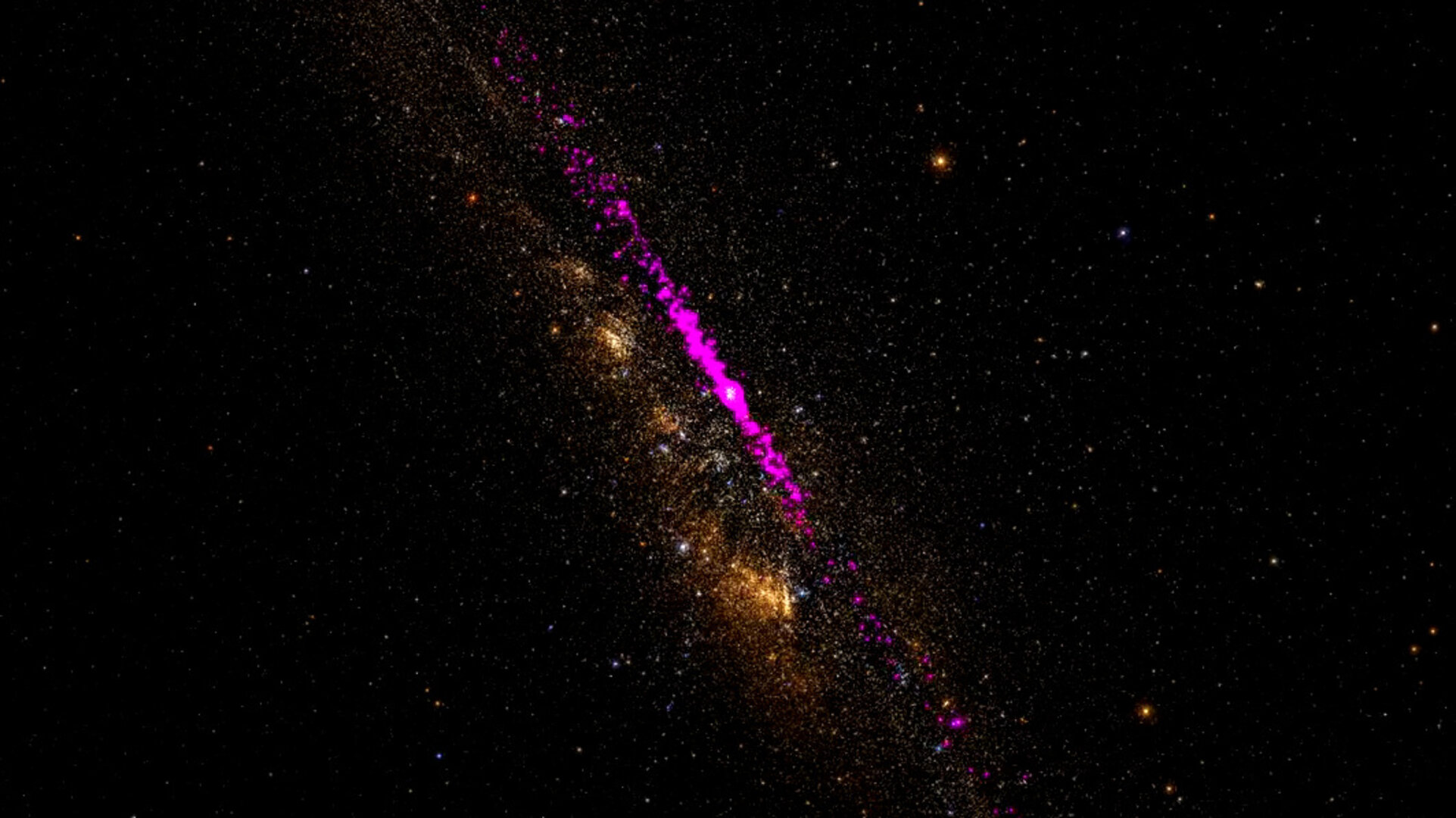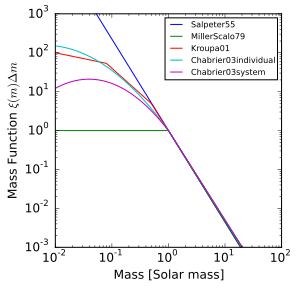Introduction
Newton’s laws of gravity are one of the most critical findings in the history of mankind. They are the foundation for thousands of scientific research papers and theories in classical physics. In fact, they’re so elemental, that children are taught about them in high school.
However, a recently published research paper from a group of scientists at the University of Bonn called “Asymmetrical tidal tails of open star clusters: stars crossing their cluster’s práh† challenge Newtonian gravitation“, claims to have findings that contradict these laws.
How is this possible?
Understanding Open Star Clusters
First, we must understand how stars, star clusters, and open star clusters work.
Stars are born when molecules in giant clouds of gas and dust come together under gravitational forces. Usually, multiple stars are born from the same cloud, forming star clusters.
In some cases, the stars are born in such close time periods, that their ignition acts in a chain reaction pushing the remnants of the gas cloud toward the periphery of the cluster. This creates loose formations of stars that tend to form two tidal tails. One of these tails is pulled behind the cluster as it travels through space and the other takes the lead like a spearhead. When this happens, we call the cluster an “open star cluster”.

The initial state of the gas cloud has a critical role in the shape and distribution of the star cluster. Therefore, the initial mass function (IMF), which describes the initial distribution of masses for a population of stars, is a fundamental area of study for scientists.
The Network Science Perspective
As proposed by astrophysicists Andrei Klishin and Igor Chilingarian in their paper “Explaining the stellar initial mass function with the theory of spatial networks“, we can represent star clusters that are being formed as networks where bodies with large masses (future stars) are nodes and the gravitational forces between them are weighted edges.
In their paper, they discuss that bodies with larger masses pull other bodies at faster rates, getting bigger faster. Consequently, since they have greater mass and more bodies surrounding them, their overall gravitational force increases, triggering a recursive effect on their masses.

From a network science perspective, we see this as a “rich getting richer” case, where nodes with more and stronger edges are more probable to generate new links (and strengthen the ones they already have); leading to a power law distribution in star masses.
This has a direct effect on the IMF, making it a power law model, which according to this paper and the theoretical physicist Edwin Salpeter (who first calculated it), has an exponent of -2.35.

How does this contradict Newton?
Since the IMF follows a power law distribution, then the most massive bodies in the clusters determine the distribution of stars within the cluster to a huge extent.
The scientists at the University of Bonn argue that the location of these hotspots is purely probabilistic. And therefore, by Newton’s laws of gravity, the tail in which a lost star ends up is just a matter of chance (i.e. the two tails should have approximately the same number of stars). However, in their research, they show that the front tail always contains significantly more stars than the rear tail.

In contrast, the study shows that an alternative theory of gravitation called “Modified Newtonian dynamics” developed by the physicist Mordehai Milgrom is more effective at explaining these phenomena.
Conclusion
Although we don’t claim that Newtonian laws of gravity are wrong, the findings in this research paper do open a discussion on alternative perspectives to the classical view of physics.
Moreover, the paper by Klishin and Chilingarian opens another discussion on the use of alternative and newer methods in the research of scientific phenomena, more specifically the implementation of network science in classical problems.
References
University of Bonn. (2022, October 26). Astronomy: Observation puzzles researchers: Finding cannot be explained by classical assumptions. ScienceDaily. Retrieved November 8, 2022 from www.sciencedaily.com/releases/2022/10/221026114408.htm
Pavel Kroupa, Tereza Jerabkova, Ingo Thies, Jan Pflamm-Altenburg, Benoit Famaey, Henri M J Boffin, Jörg Dabringhausen, Giacomo Beccari, Timo Prusti, Christian Boily, Hosein Haghi, Xufen Wu, Jaroslav Haas, Akram Hasani Zonoozi, Guillaume Thomas, Ladislav Šubr, Sverre J Aarseth (2022, December). Asymmetrical tidal tails of open star clusters: stars crossing their cluster’s práh† challenge Newtonian gravitation. Monthly Notices of the Royal Astronomical Society, Volume 517, Issue 3, Pages 3613–3639. Retrieved November 8, 2022 from https://doi.org/10.1093/mnras/stac2563
Lomonosov Moscow State University (2016, June 27). Researchers use network theory to solve the mystery of stellar initial mass function. Phys.org. Retrieved November 8, 2022 from https://phys.org/news/2016-06-network-theory-mystery-stellar-mass.html
Andrei A. Klishin et al (2016). EXPLAINING THE STELLAR INITIAL MASS FUNCTION WITH THE THEORY OF SPATIAL NETWORKS. The Astrophysical Journal. Retrieved November 8, 2022 from DOI: 10.3847/0004-637X/824/1/17
One reply on “Newton was wrong(?)”
Hey Juan, great article! It was really neat seeing how “Rich Get Richer” and power laws can be associated to Newton’s Laws of Gravity! It’s really cool to see that there is still so much us as humans do not know about the world yet. Especially regarding topics that have already been studied thoroughly.